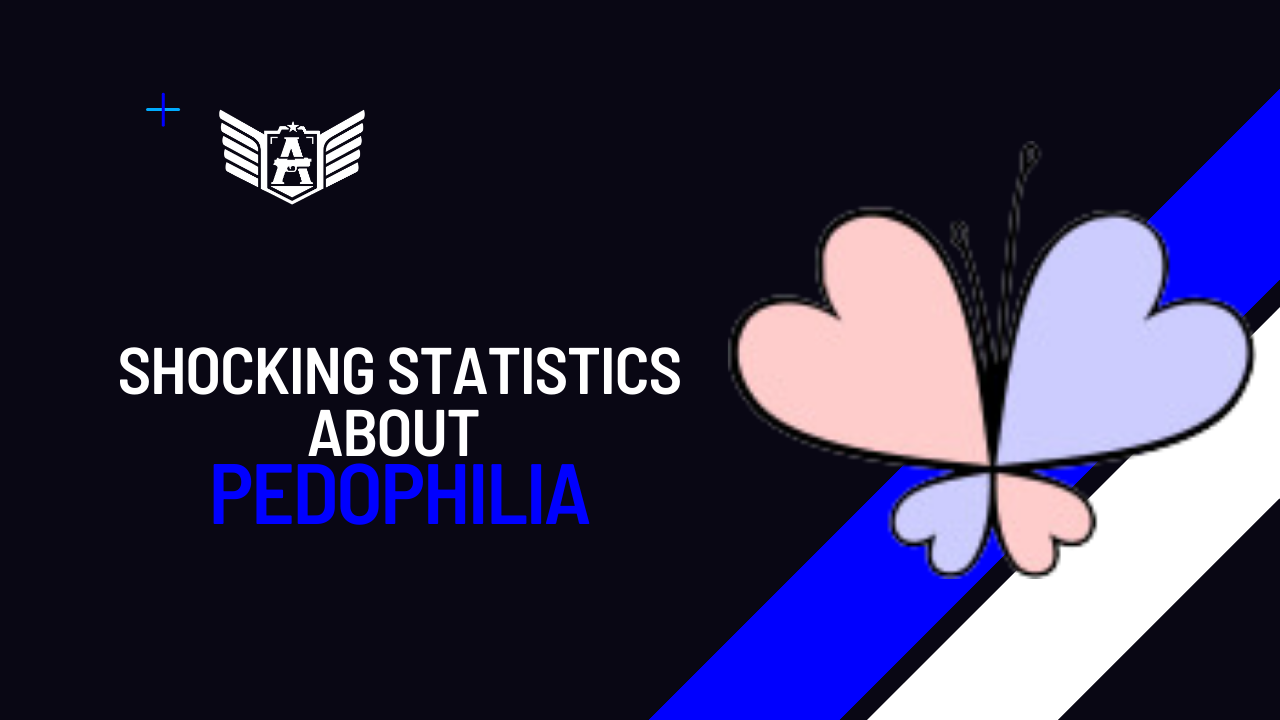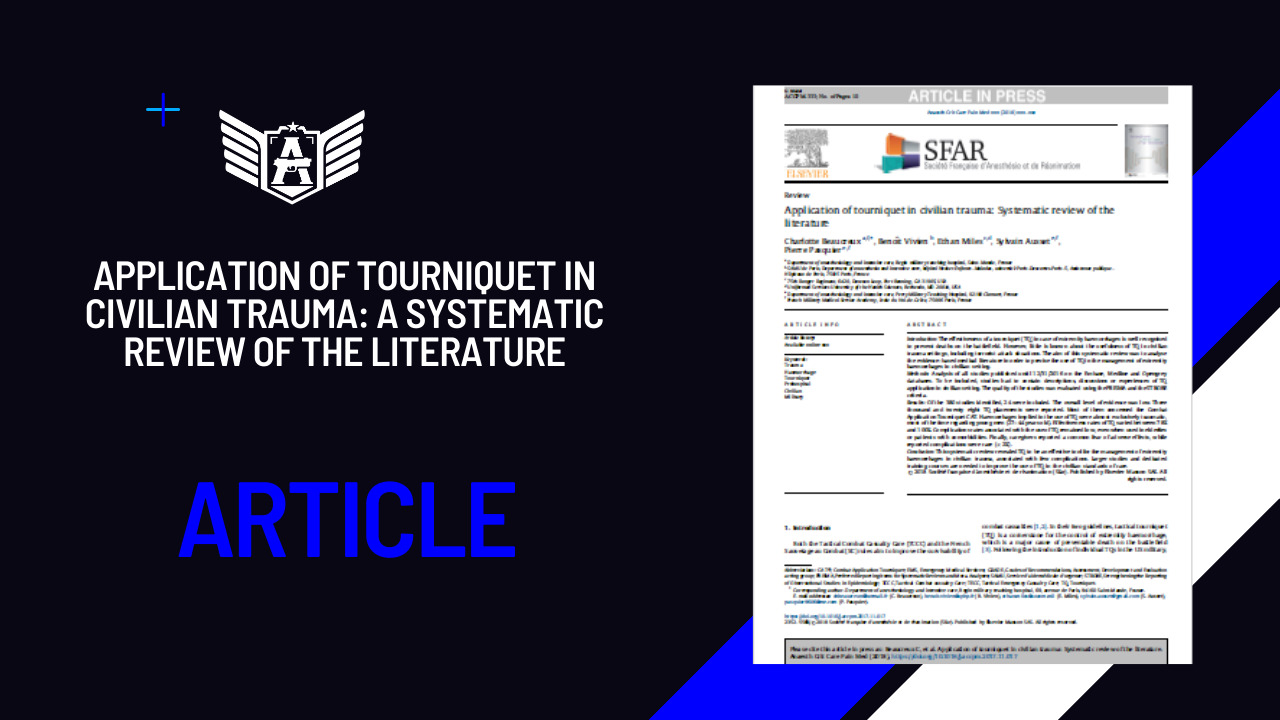I recently posted the article titled “5 tips to protect kids against sexual abuse“, that had a lot of repecussion around the world.
Considering the interest of people in learning about the theme, I like to believe that the following statistics might be disseminated.

- “the ratio of heterosexual to homosexual pedophiles was calculated to be approximately 11:1″. (1)
- 35% of male perpetrators had been victims of sexual abuse themselves (2)
- The victim knows the perpetrators in 93% of the cases. (2)
- Children who live with a step-parent are 20 times more likely to be sexually abused. (2)
- 96% of perpetrators are male.(2)
- More commonly, child sexual abuse was perpetrated by a male relative (other than the victim’s father or stepfather; 30.2%), a family friend (16.3%), an acquaintance or neighbour (15.6%), another known person (15.3%), or the father or stepfather (13.5%) (3)
- A systematic review of 30 studies on the prevalence of sexual interest in children across a range of community, clinical and forensic samples found a mean prevalence rate of 2% for sexual interest in pre-pubescent children (14 studies) and a mean prevalence rate of 24% for sexual interest in pubescent children (7 studies). This research found inconsistencies in methodology and definitions which led to wide variations in research findings (Savoie, Quayle & Flynn, 2021). (apud 3)
- A recent study of ten adult male survivors of intrafamilial child trafficking for sexual exploitation found that 9 of the 10 participants reported that women either trafficked or abuse them sexually, and 6 participants reported that their mothers were primary perpetrators (Pacheco, Buenaventura, & Miles, 2023). (apud 3)
- A range of factors has been found to interact with childhood experiences of sexual victimisation and to differentially impact a child’s likelihood of later becoming a perpetrator. Factors that increase this likelihood include:

9.1 experiencing emotional and physical abuse or neglect as a child (Salter, McMillan, Richards et al., 2003);
9.2 being exposed to family violence (Salter et al., 2003); and
9.3 early exposure to pornography (Simons, Wurtele & Durham, 2008). (apud 3)
- Fifty percent to 70% of pedophiles can be diagnosed as having another paraphilia, such as frotteurism, exhibitionism, voyeurism, or sadism (7, 12, 25) (apud 4)
- Time of reported sexual molestations showed a distinct pattern based on the age of the child. Children younger than 12 years were most likely to be molested at 3:00 pm and around meal times (8:00 am, noon, 6:00 pm) (2). Assaults of 12- through 17-year-olds maintained the mealtime and afterschool pattern but also started to show a more adult pattern of assault time, with assaults occurring between 8:00 pm and 2:00 am (2). (Apud 4)
- 34% of sexually abused children were younger than 12 years and 33% were between the ages of 12 and 17 years (4)
- A study by Blanchard et al. (11) of a population of 1206 individuals evaluated self-reported
head trauma as a predisposing risk factor for being diagnosed as having pedophilia. This study found an increased rate of pedophilia, lower levels of education, and lower intelligence in individuals who had sustained head trauma, resulting in a loss of consciousness before the age of 6 yearr. (4) - Sex offenders were about four times more likely than non-sex offenders to be arrested for another sex crime after their discharge from prison–5.3% of sex offenders vs 1.3% of non-sex offenders. (5)
- There are an estimated 100,000 Web sites involved in some way with child pornography (5)
- The number of sex offenders across the United States continues to rise, increasing three percent from 2022 to February 2023, for a current total of 786,838 offenders, according to SafeHome.org (6)

(17) “A typical pedophile will commit 117 sexual crimes in a lifetime.” (National Sex Offenders Registry) (Apud 7)
References
(1) Freund K, Watson RJ. The proportions of heterosexual and homosexual pedophiles among sex offenders against children: an exploratory study. J Sex Marital Ther. 1992 Spring;18(1):34-43. doi: 10.1080/00926239208404356. PMID: 1556756.
(2) https://safeatlast.co/blog/child-sexual-abuse-statistics/
(3) https://bravehearts.org.au/research-lobbying/stats-facts/child-sex-offenders/
(4) Hall, R. C., & Hall, R. C. (2007, April). A profile of pedophilia: definition, characteristics of offenders, recidivism, treatment outcomes, and forensic issues. In Mayo Clinic Proceedings (Vol. 82, No. 4, pp. 457-471). Elsevier.
(5) https://cpiu.us/statistics/
(6) http://www.safehome.org
(7) https://laurenskids.org/awareness/about-faqs/facts-and-stats/
Suggested reading:
Augarde, S., & Rydon-Grange, M. (2022). Female perpetrators of child sexual abuse: A review of the clinical and empirical literature – A 20-year update. Aggression and Violent Behavior, 62, DOI: 10.1016/j.avb.2021.101687
Australian Bureau of Statistics (2017). Personal Safety Survey, Australia, 2016. Cat. No 4906.0. Canberra: ABS.
Australian Bureau of Statistics (2006). Personal Safety Survey, Australia, 2005. Cat. No 4906.0. Canberra: ABS.
Bromfield, L., Hirte, C., Octoman, O., & Katz, I. (2017). Child sexual abuse in Australian institutional contexts 2008-13: Findings from administrative data. Sydney: Royal Commission into Institutional Responses to Child Sexual Abuse.
Carpinteri, A., Bang, B., Klimley, K., & Black, R.A. (2017). Commercial sexual exploitation of children: An assessment of offender characteristics. Journal of Police and Criminal Psychology, 1-8.
Christensen, L. (2018). Professionals’ perceptions of female child sexual offenders. Journal of Interpersonal Violence, DOI: 10.1177/0886260518785377
Christensen, L., & Darling, A. (2019). Sexual abuse by educators: A comparison between male and female teachers who sexually abuse students. Journal of Sexual Aggression, DOI 10.1080/13552600.2019.1616119
Christensen, L.S., & Jansen, K. (2019). Gender comparisons of offenders: Males and females who sexually offend against children. In Bryce, I., Robinson, Y., & Petherick, W. (Eds): Child Abuse and Neglect: Forensic Issues in Evidence, Impact and Management. Academic Press: doi: 10.1016/B978-0-12-815344-4.00007-6
Cortoni, F., & Hanson, R.K. (2005). A review of the recidivism rates of adult female sexual offenders. Ottawa, Canada: Correctional Service of Canada.
Cortoni, F., Hanson, R.K., & Coache, M. (2010). The recidivism rates of female sexual offenders are low: A meta-analysis. Sexual Abuse: A Journal of Research and Treatment, 22(4), 386-401.
DeLisi, M., Kosloski, A. E., Vaughn, M. G., Caudill, J. W., & Trulson, C. R. (2014). Does childhood sexual abuse victimization translate into juvenile sexual offending? New evidence. Violence and Victims, 29(4), 620–635. doi: 10.1891/0886-6708.VV-D-13-00003.
Dillien, T., Brazil, I.A., Sabbe, B., & Goethals, K. (2021). Personality features of sexual offenders who committed offences against children. Journal of Sexual Aggression, DOI: 10.1080/13552600.2021.2015468.
Dombert, B., Schmidt, A.F., Banse, R., Briken, P., Hoyer, J., Neutze, J., & Osterheider, M. (2015). How common is men’s self-reported sexual interest in prepubescent children? Journal of Sex Research, 53(2), 214-223.
Dowling, C., Boxall, H., Pooley, K., Long, C., & Franks, C. (2021). Patterns and predictors of reoffending among child sexual offenders: A rapid evidence assessment. Trends & Issues in Crime and Criminal Justice no. 632. Canberra: AIC.
Dowling, C., Morgan, A., & Pooley, K. (2021). Reoffending among child sexual offenders. Trends & Issues in Crime and Criminal Justice no. 628. Canberra: AIC.
Drury, A.J., Elbert, M.J., & DeLisi, M. (2019). Childhood sexual abuse is significantly associated with subsequent sexual offending: New evidence among federal correctional clients. Child Abuse & Neglect, 95, doi: 10.1016/j.chiabu.2019.104035
Evans, M. (2015). One in 35 men has paedophile tendencies, crime agency claims. The Telegraph, 22 Jun 2015. Retrieved from https://www.telegraph.co.uk/news/uknews/11690451/One-in-35-men-has-paedophile-tendencies-crime-agency-claims.html
Gerke, J., Lipke, K., Fegert, J.M., & Rassenhofer, M. (2021). Mothers as perpetrators and bystanders of child sexual abuse. Child Abuse & Neglect, 2021, 117, doi: 10.1016/j.chiabu.2021.105068
Gerke, J., Rassenhofer, M., Witt, A., Sachser, C., & Fegert, J.M. (2019). Female-perpetrated child sexual abuse: Prevalence rates in Germany. Journal of Child Sexual Abuse, DOI: 10.1080/10538712.2019.1685616
Goode, S. (2011). Paedophiles in Society: Reflecting on sexuality, abuse and hope. London, Palgrave Macmillan.
Kahn, R.E., Jackson, K., Keiser, K., Ambroziak, G., & Levenson, J.S. (2020). Adverse childhood experiences among sexual offenders: Associations with sexual recidivism risk and psychopathology. Sexual Abuse, doi: 10.11177/1079063220970031
Kloppen, K., Haugland, S., Göran Svedin, C., Mæhle, M., & Breivik, K. (2016). Prevalence of child sexual abuse in the Nordic Countries: A literature review. Journal of Child Sexual Abuse, 25(1), 37-55.
Leach, C., Stewart, A., & Smallbone, S. (2016). Testing the sexually abused-sexual abuser hypothesis: A prospective longitudinal birth cohort study. Child Abuse & Neglect, 51, 144-153.
Levenson, J. S., Willis, G. M., & Prescott, D. S. (2016). Adverse childhood experiences in the lives of male sex offenders: Implications for trauma-informed care. Journal of Interpersonal Violence, 31, 1883–1911. doi: 10.1177/1079063214535819
Marshall, W.L., Barbaree, H.E., & Eccles, A. (1991). Early onset and deviant sexuality in child molesters. Journal of Interpersonal Violence, 6(3), 323-335.
McLeod, D. (2015). Female offenders in child sexual abuse cases: A national picture. Journal of Child Sexual Abuse, 24(1), 97-114. DOI: 10.1080/10538712.2015.978925
McSherry, B., & Keyzer, P. (2009). Sex offenders and preventative detention: Politics, policy and practice. Leichardt: Federation Press.
Morgan, A. (2022). Exploring the role of opportunity in recidivist child sexual offending. Australian Institute of Criminology Research Report no. 24. Canberra: AIC.
Ogloff, J.R.P., Cutajar, M.C., Mann, E., & Mullen, P. (2012). Child sexual abuse and subsequent offending and victimisation: A 45 year follow up study. Trends & Issues in Crime and Criminal Justice no. 440. Canberra: AIC.
Pacheco, E.L.M., Buenaventura, A.E., Miles, G.M. (2023). “She was willing to send me there”: Intrafamilial child sexual abuse, exploitation and trafficking of boys. Child Abuse & Neglect, doi: 10.1016/j.chiabu.2022.105849
Petrunik, M., & Deutschmann, L. (2008). The exclusion-inclusion spectrum in state and community response to sex offenders in Anglo-American and European jurisdictions. International Journal of Offender Therapy and Comparative Criminology, 52(5), 499-519.
Quadara, A., & Tarczon, C. (2011). The nature and extent of sexual assault and abuse in Australia. Melbourne: AIFS.
Reckdenwald, A., Mancini, C., & Beauregard, E. (2013). The cycle of violence: Examining the impact of maltreatment early in life on adult offending. Violence and Victims, 28(3), 466–482. doi: 10.1891/0886-6708.VV-D-12-0054.
Richards, K. (2011). Misperceptions about child sex offenders. Trends & Issues in Crime and Criminal Justice no. 429. Canberra: AIC.
Salter, D., McMillan, D., Richards, M., Talbot, T., Hodges, J., Bentovim, A., Hastings, R., Stevenson, J., & Skuse, D. (2003). Development of sexually abusive behaviour in sexually victimised males: a longitudinal study. The Lancet, 361, 471-476.
Savoie, V., Quayle, E., & Flynn, E. (2021). Prevalence and correlates of individuals with sexual interest in children: A systematic review. Child Abuse & Neglect, 115, doi: 10.1016/j.chiabu.2021.105005.
Schmidt, A.F., Mokros, A., & Banse, R. (2013). Is pedophilic sexual preference continuous? A taxometric analysis based on direct and indirect measures. Psychological Assessment, 25(4), 1146
Seto, M.C. (2008). Pedophilia and sexual offending against children: Theory, assessment, and intervention. American Psychological Association.
Shields, R.T., Murray, S.M., Ruzicka, A.E., Buckman, C., Kahn, G., Benelmouffok, A., & Letourneau, E.J. (2020). Help wanted: Lessons on prevention from young adults with a sexual interest in prepubescent children. Child Abuse & Neglect, 105, doi: 10.1016/j.chiabu.2020.104416
Simons, D.A., Wurtele, S.K., & Durham, R.L. (2008). Developmental experiences of child sexual abusers and rapists. Child Abuse & Neglect, 32(5), 549-60. doi: 10.1016/j.chiabu.2007.03.027.
Spatz Widom, C., & Massey, C. (2015). A prospective study of whether childhood sexual abuse predicts subsequent sexual offending. JAMA Pediatrics, 169(1), e143357.
Stathopoulos, M. (2014). The exception that proves the rule: Female sex offending and the gendered nature of sexual violence (ACSSA Research Summary). Melbourne: Australian Institute of Family Studies.
Stephenson, W. (2014). How many men are paedophiles? BBC News, 30 July 2014. Retrieved from https://www.bbc.com/news/magazine-28526106
Weinsheimer, C.C., Woiwod, D.M., Coburn, P.I., Chong, K., & Connolly, D.A. (2017). The unusual suspects: Female versus male accused in child sexual abuse cases. Child Abuse & Neglect, 72, 446-455.
Wurtele, S.K., Simons, D., & Moreno, T. (2014). Sexual interest in children among an online sample of men and women: Prevalence and correlates. Sexual Abuse: A Journal of Research and Treatment, 26, 546-568.




